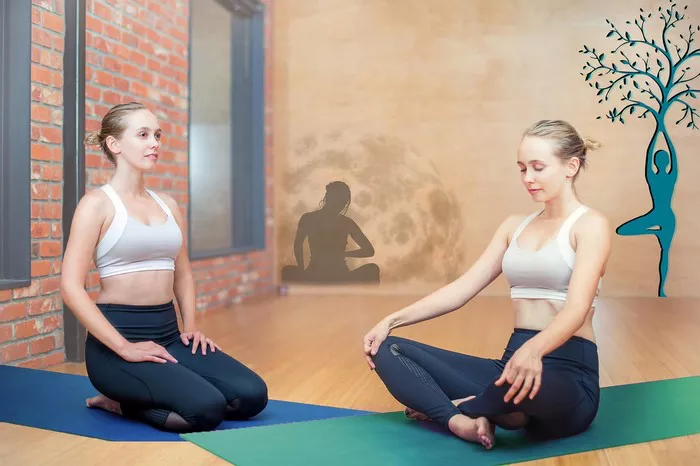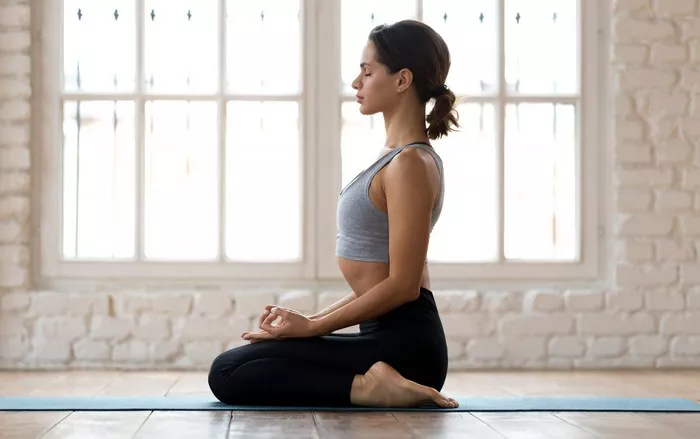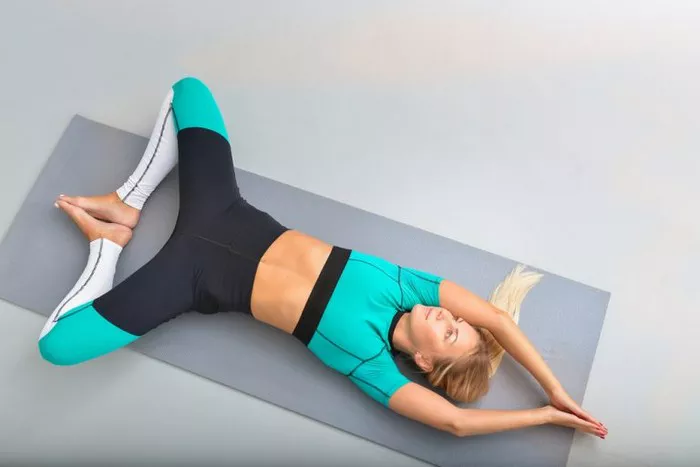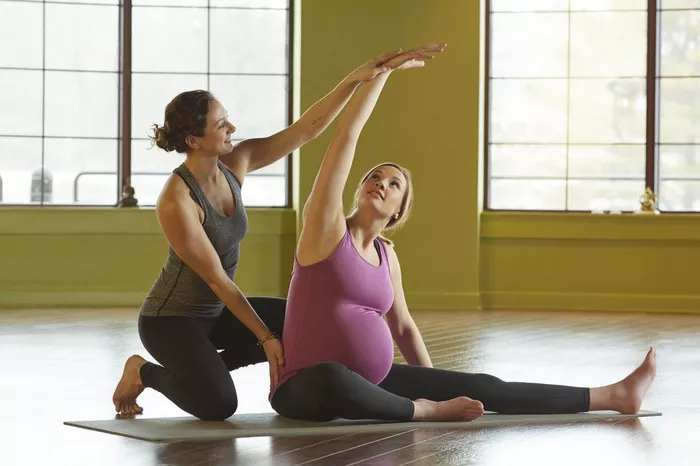Yoga is often portrayed in media as a practice reserved for the exceptionally flexible, the incredibly fit, or those with impressive strength. This perception can intimidate beginners, making them wonder: “Do I need to be strong for yoga?” The short answer is no. Strength is not a prerequisite for practicing yoga, but yoga can certainly help you build it. Whether you are a beginner with little physical fitness or an athlete looking to enhance your flexibility, yoga is accessible to all. In this article, we will explore the relationship between yoga and strength, how different styles of yoga engage the body, and how you can develop strength gradually through your practice.
Understanding Strength in Yoga
When people think of strength, they often picture lifting heavy weights or engaging in intense physical activity. However, strength in yoga is different. It is a combination of physical power, endurance, stability, and mental resilience. Yoga strengthens the body in a balanced and holistic manner, incorporating not just muscle engagement but also flexibility and mobility. Unlike traditional strength training, which often focuses on isolated muscle groups, yoga promotes functional strength that enhances overall movement and posture.
Yoga as a Strength-Building Practice
If you are not already strong, yoga can be a fantastic way to build strength over time. Many poses, or asanas, require you to hold your body weight in different positions, which engages and tones muscles effectively. Some key ways yoga helps develop strength include:
Core Strength: Many yoga poses activate the core muscles, including the abdominals, obliques, and lower back. Postures such as Plank, Boat Pose (Navasana), and Warrior III help develop a strong core, improving overall stability.
Upper Body Strength: Arm balances and poses such as Chaturanga Dandasana (Four-Limbed Staff Pose) and Downward Dog engage the shoulders, triceps, and chest muscles.
Lower Body Strength: Poses like Warrior I, II, and III, Chair Pose, and Crescent Lunge strengthen the quadriceps, hamstrings, and glutes.
Isometric Strength: Unlike dynamic strength exercises that involve movement, yoga emphasizes holding positions for extended periods, which enhances muscular endurance and stability.
Do You Need to Be Fit to Start Yoga?
No prior fitness level is necessary to begin practicing yoga. Yoga meets you where you are and gradually improves your strength, flexibility, and balance. There are many beginner-friendly styles of yoga that cater to individuals of all fitness levels. Here are a few:
Hatha Yoga: A gentle introduction to yoga, focusing on foundational poses and breathing techniques.
Yin Yoga: A slow-paced practice that targets deep connective tissues, improving flexibility rather than strength.
Restorative Yoga: Designed for relaxation and healing, using props to support the body in restful poses.
Chair Yoga: A modified form of yoga that is accessible for those with mobility issues or limited strength.
If you are worried about your current physical abilities, starting with one of these styles can ease you into the practice without requiring significant strength.
Overcoming Strength-Related Concerns in Yoga
Some people hesitate to try yoga because they believe they lack the necessary physical ability. If this sounds like you, consider these encouraging facts:
Yoga is a Progressive Practice: You don’t need to be strong to start, but you will develop strength over time.
Modifications Exist for Every Pose: Instructors offer variations to accommodate different skill levels and physical limitations.
Props Can Assist You: Yoga blocks, straps, and bolsters help make poses more accessible.
Breath Control Enhances Strength: Pranayama (breathing exercises) improves endurance and supports physical effort in poses.
Consistency is Key: With regular practice, your muscles will adapt, and you’ll naturally become stronger.
Yoga Styles That Focus More on Strength
While all yoga practices enhance body awareness and stability, some styles are particularly effective at building strength:
Power Yoga: A vigorous, fitness-based approach incorporating dynamic movements and strength-building sequences.
Vinyasa Yoga: A flow-based practice linking breath to movement, often including planks, arm balances, and core-focused poses.
Ashtanga Yoga: A structured, physically demanding practice with progressive postures that develop strength and endurance.
Bikram Yoga: Practiced in a heated room, it challenges both muscular and cardiovascular strength.
Iyengar Yoga: Focuses on precise alignment, holding poses longer, and using props to build strength safely.
Strength Beyond the Physical: The Mental and Emotional Benefits of Yoga
Yoga is not just about physical strength; it also cultivates mental and emotional resilience. The mindfulness aspect of yoga helps practitioners develop discipline, patience, and inner strength. Holding a challenging pose requires concentration, deep breathing, and perseverance—qualities that extend beyond the mat and into daily life. Additionally, yoga reduces stress and anxiety, creating a sense of mental clarity and emotional stability.
How to Get Started with Yoga if You Lack Strength
If you’re new to yoga and concerned about your strength level, follow these tips to build confidence and progress safely:
Start Slow: Choose beginner-friendly classes and gradually increase intensity.
Listen to Your Body: Avoid forcing yourself into advanced poses before you’re ready.
Use Props: Blocks, straps, and cushions can make poses more accessible.
Focus on Consistency: Regular practice, even for just 10-15 minutes a day, will yield results.
Work with an Instructor: A qualified yoga teacher can guide you in proper alignment and modifications.
Be Patient: Strength and flexibility develop over time, so enjoy the journey rather than focusing solely on results.
Conclusion
You do not need to be strong to begin yoga, but practicing yoga will make you stronger—both physically and mentally. Whether you are looking to build endurance, increase flexibility, or simply find a form of movement that suits your body, yoga offers something for everyone. The most important thing is to start where you are and allow your practice to evolve naturally. Yoga is not about perfection or performing advanced poses; it is about self-discovery, mindfulness, and holistic well-being. So, if you’ve been hesitating to try yoga because you think you’re not strong enough, remember: yoga will meet you exactly as you are and support you in becoming stronger over time.
Related topics























